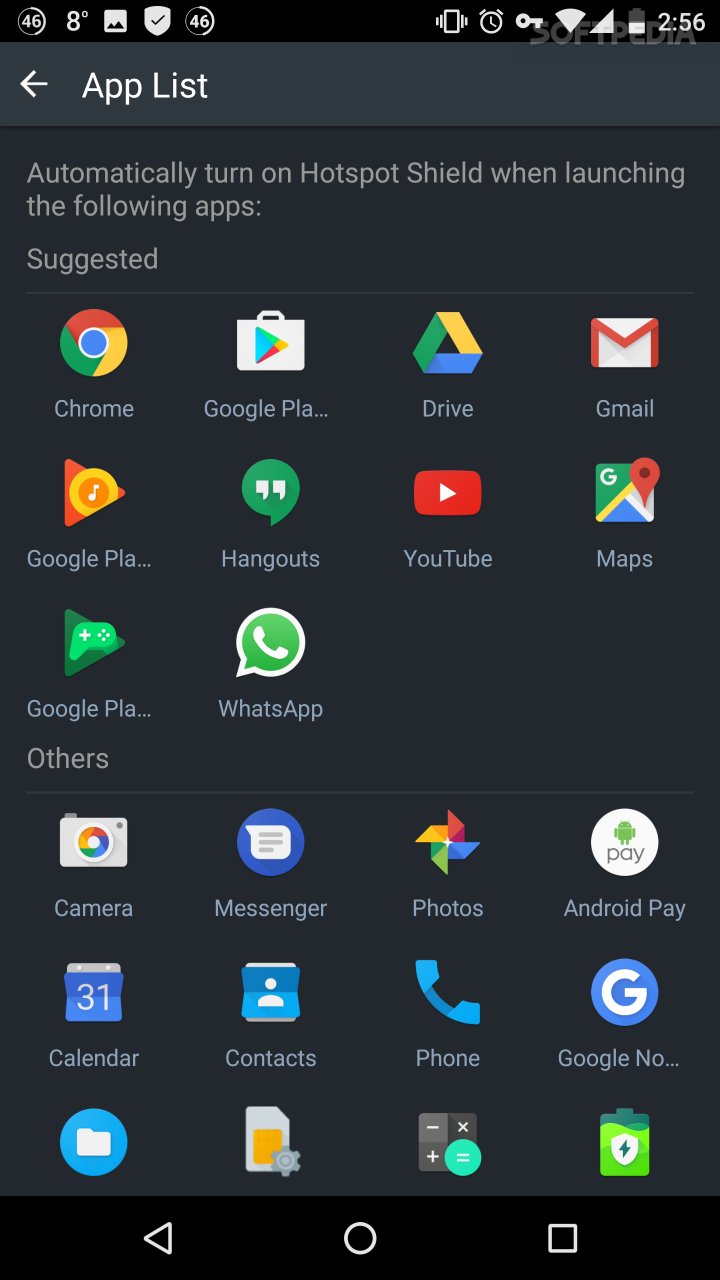


To establish a VPN connection simply type hotspotshield connect and you will be connected to the default virtual location in the United States. You can check your account status by typing hotspotshield account status Once the package is installed, sign-in into your Hotspot Shield Premium account using the command : hotspotshield account signin (only Premium accounts are supported) rpm package sudo dnf upgrade -y Note: these commands can be used to update the Hotspot Shield VPN. deb package sudo apt update -y and sudo apt upgrade -y

If you have an older version installed already, please remove it first. This can be done by typing in the command: cd \Downloads Open Terminal (keyboard shortcut: Ctrl + Alt + T).įrom within Terminal, navigate to the directory where the package was downloaded to.You will find links to all supported devices on the bottom of the page.Ĭlick on the b or Download.rpm button to download the respective package. Alternatively, you can log in to the Hotspot Shield Account page and select Hotspot Shield from the menu on the left. To download the installation package, click here.You can set up a 'workstation' profile that includes GUI + NM that already does network management by default. In this setup, it is unlikely that NM will work by default. You can deploy your Linux environment as "server station" and then set up Network Manager. GUI environment with Network Manager installed is required.The root mount point must be a local file system that was mounted with read-write (AWS instances often use boot from network). Hotspot Shield Linux currently does not support live-boot mode (E.g.rpm packages via the links on the Account page. HSS Linux client will be available for Premium users only in. The Linux client is intended to be compatible with Ubuntu, CentOS, Debian, and Fedora Linux OS distributions.


 0 kommentar(er)
0 kommentar(er)
